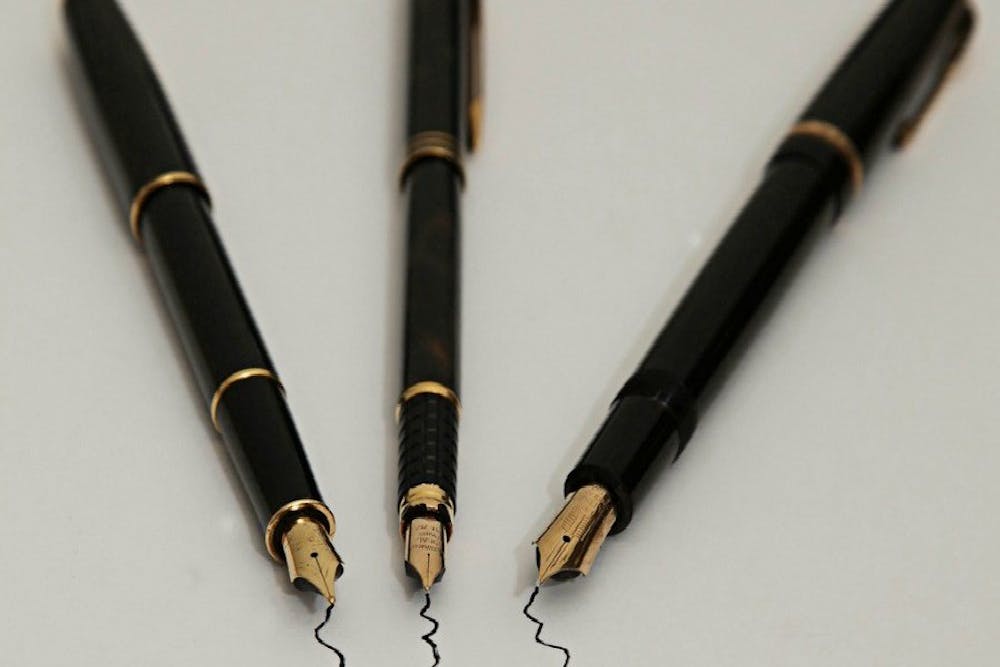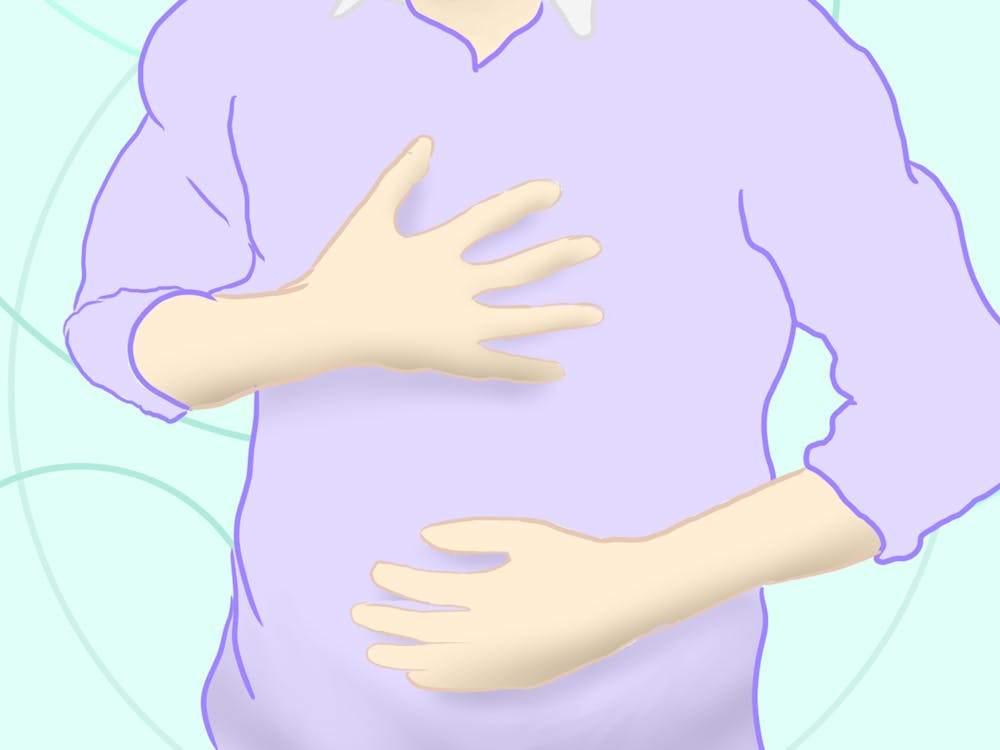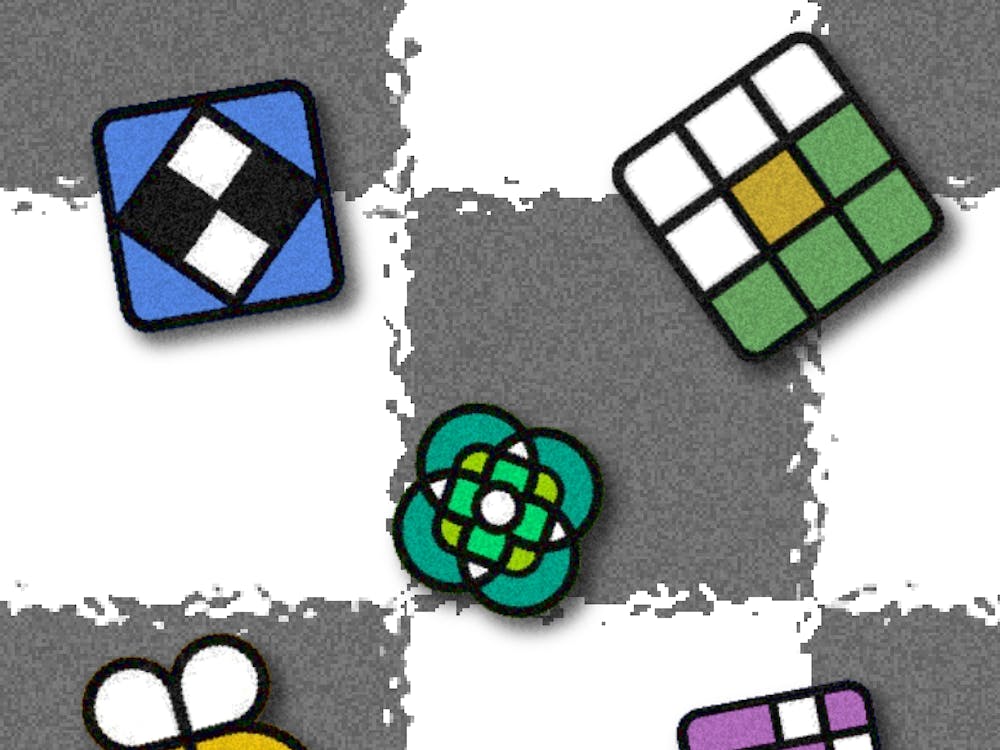By Steve Beynon, For The Miami Student
After Islamic Extremists attacked Charlie Hebdo's office in Paris in January, journalism outlets asked themselves the difficult question of whether or not to display the very types of images that led to the deaths of 11 people.
Depicting Mohammed is offensive to a lot of the Islamic community, and this isn't the first time an image of Mohammed has caused an uproar.
In 2010, Molly Norris led a protest called Everyone Draw Mohammed Day. There were over 100,000 participants comprised of various bloggers and Facebook users making depictions of Mohammed. Pakistan and India ended up blocking Facebook for a short amount of time.
This protest was against the strong reaction from pockets of the Islamic community after the TV show South Park depicted Mohammed. Norris was placed on an al-Qaeda hit list, and has since changed her name and gone into hiding.
Most newspapers ended up publishing Charlie Hebdo cartoons that targeted Islam, including The Washington Post and USA Today. However, on TV, Fox News was one of the only outlets that chose to display Charlie Hebdo's material. Although given the history of Fox, I suspect this was done as a spiteful move against Islam rather than standing up for journalistic integrity and freedom of speech.
In fairness, Charlie Hebdo doesn't only lampoon against Islam, the publication has a long history of cracking jokes about all the major religions.
The only news source I cared for is The New York Times. Unlike most news outlets, The Times asks their users to subscribe to and pay for content that is mostly locked behind a paywall. This was one of the only outlets I truly respected, until Charlie Hebdo.
The New York Times is one of the only major newspapers that did not publish Charlie Hebdo's jokes on Islam. Of course, some of the Charlie Hebdo jokes might be too abrasive to publish. However, a simple cover displaying Mohammed holding a sign saying, "All is Forgiven" is tasteful enough for the average viewer.
The choice to republish or not republish this image goes straight to the heart of free expression. A journalist's obligations are to the truth and to be a watchdog of free speech, and when more than a dozen of your colleagues are shot doing their job I believe it's your job to support them, regardless of industry. This is a basic concept in teamwork.
The cartoon may have disturbed a very small minority of Times readers, but the image isn't shocking or gratioustis. I'm not suggesting you place images only for the sake of offense, but sometimes statements do need to be made.
It's also strange to write numerous articles about an image but not show that image to the reader. There are two possible reasons for not communicating these images to readers. One would be to not offend a small group of people. The other would be they are afraid of being victims of a retaliation, as Charlie Hebdo was.
Enjoy what you're reading?
Signup for our newsletter
Reporting facts shouldn't be dictated by who might not like the information. I subscribed to The Times wanting honesty. I felt betrayed.
Other outlets like CNN and MSNBC also chose to neglect this very important element in the first major news story of 2015, but The Times is the only outlet that wanted me to spend money to access their content.
Deciding whether or not to report based on fear of hurting feelings is arguably more cowardly than simply fearing a repeat of the attack in Paris. In both scenarios I think it is an embarrassing lack of backbone and I debate your qualification in journalism. We have to stand up for liberal principles, and this includes protecting free speech.
Journalism is a democratic process, and this process is a luxury. This luxury is not an inalienable right and the price we have to pay for it is high.
We fight to preserve democratic luxuries, and this is often done with guns and tanks. But sometimes this needs to be done with writing.




